Small Touch Screens
MetroClick’s small touchscreen displays provide precise interactive control in space-constrained environments, delivering reliable multi-touch performance and industrial durability for point-of-sale, kiosks, control panels, and embedded applications across 7″, 8″, 10.1″, 12.1″, 15″, and 21.5″ screen sizes.
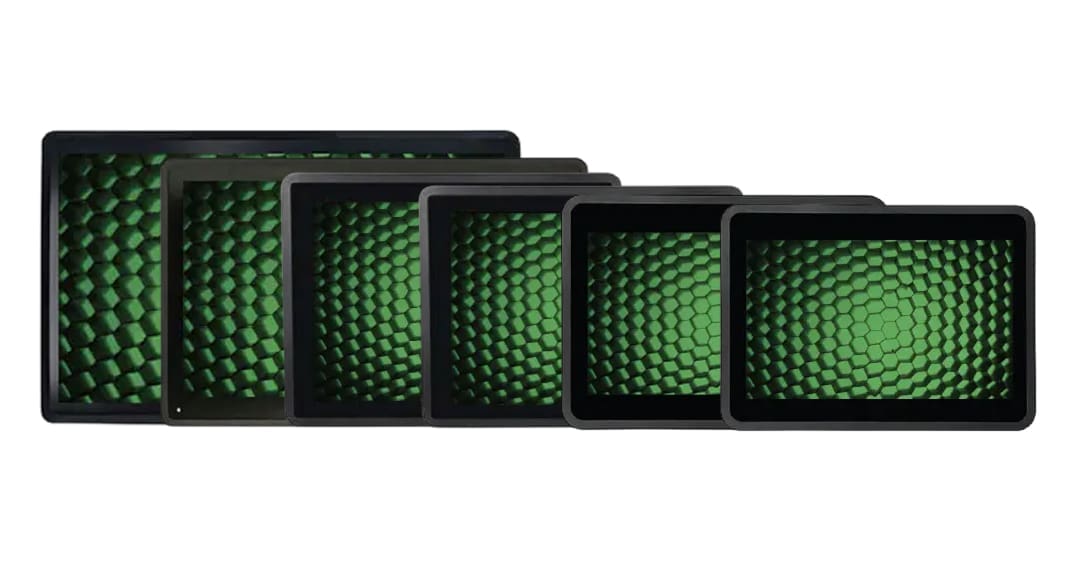
Our Small Touch Screens
7" Capacitive Touch PC
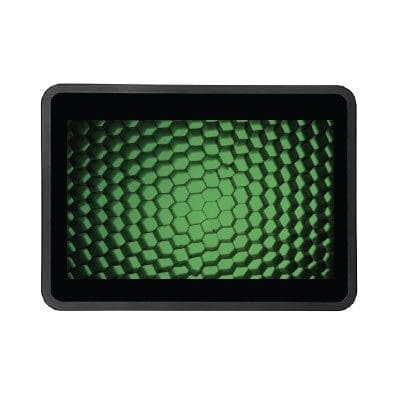
8" Capacitive Touch PC
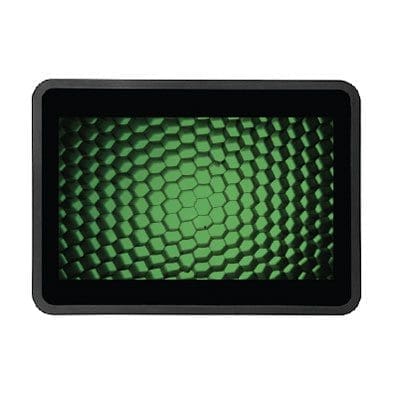
10.1" Capacitive Touch PC
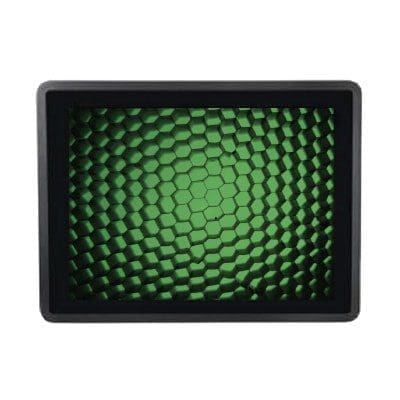
12.1" Capacitive Touch PC
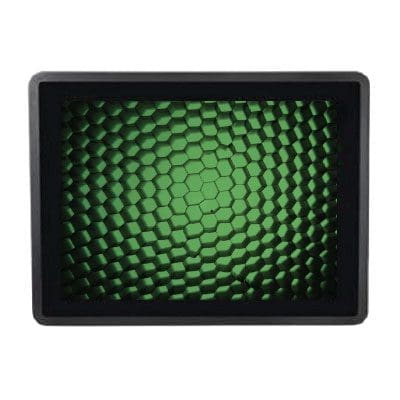
15" Capacitive Touch PC
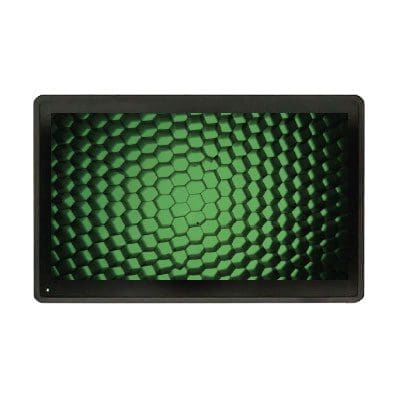
21.5" Capacitive Touch PC
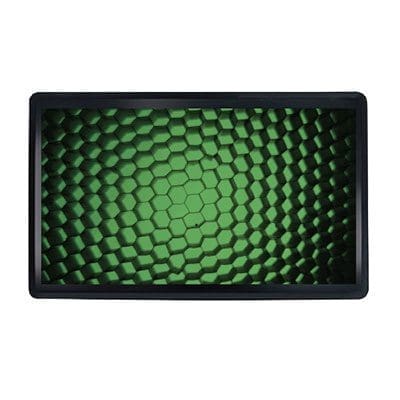
Trusted by industry leaders to power better customer experiences
Discover the versatility built into each product
Built for Every Environment
Trust in ruggedized, rated, reliable and robust devices of all shapes and sizes that perform flawlessly indoors or out.
Engage and Inform
Guide users through effortless, self-driven, interactive experiences or stream advertisements and promotions 24/7 on optically bonded, enhanced viewing touch screens.
Modular in Design
Easily configure, connect and scale devices to suit different locations, functions and use cases, while streamlining maintenance, serviceability and operational expenses.
Unapologetically Authentic
Fit any space with aesthetics and branding that drives emotional resonance and authentic connections to your true brand.
Other hardware options
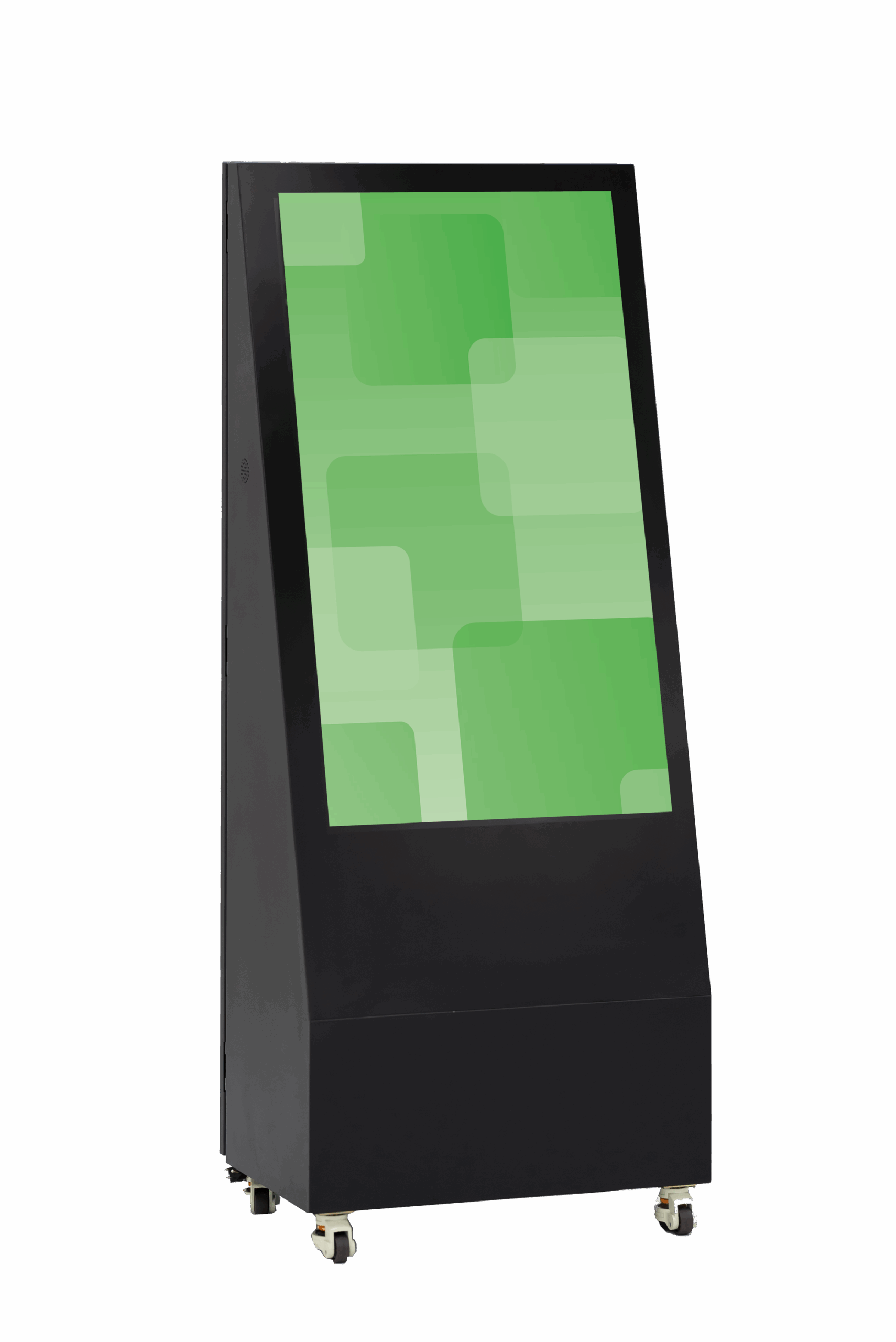
Large Format Kiosks
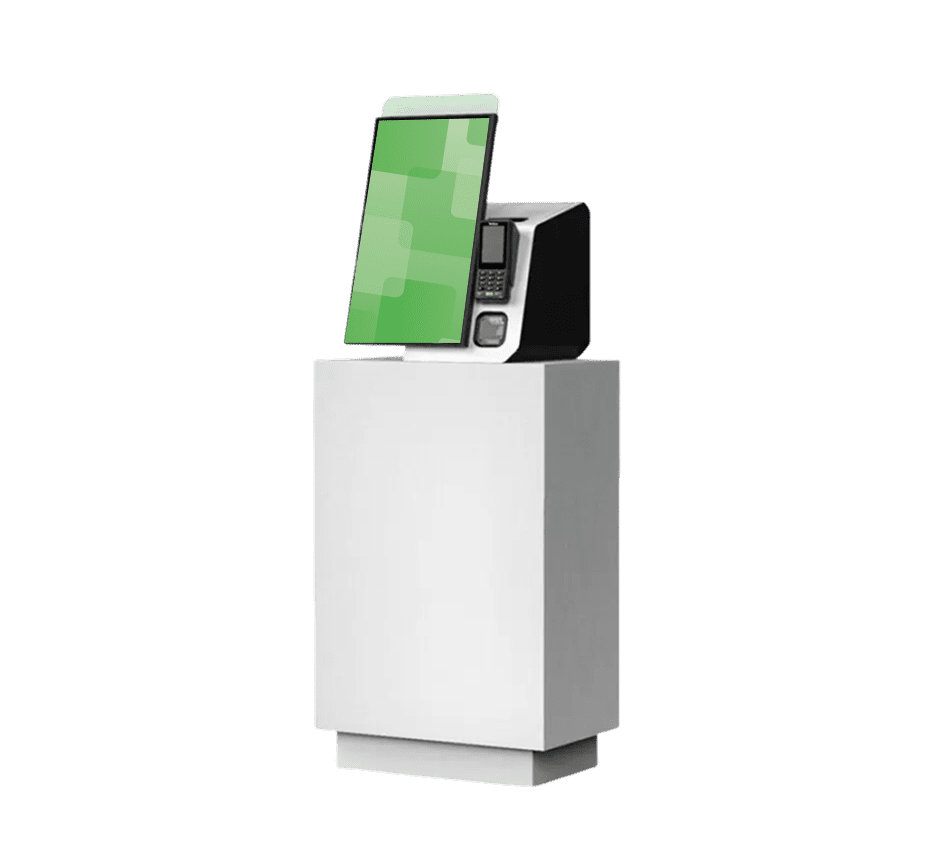
Transactional Kiosks
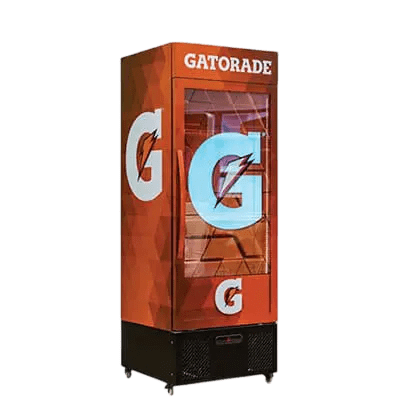
Immersive Kiosks
More Information
Small Touch Screen Technology for Precision Applications
Small touch screens have revolutionized how businesses implement interactive technology in space-constrained environments, delivering powerful functionality within minimal footprints. These compact displays, typically ranging from 7” to 21.5”, combine advanced capacitive touch technology with high-resolution visual output to create intuitive user interfaces for specialized applications. MetroClick’s small touch screen solutions leverage cutting-edge display technology to provide crystal-clear imagery and responsive touch control in formats that fit seamlessly into existing equipment, control panels, and custom installations.
The demand for small touch screens continues to grow across industries seeking to add interactive capabilities without sacrificing valuable space. Modern manufacturing facilities integrate these displays into equipment control panels, while retail environments use them for price verification terminals and inventory management stations. The combination of compact size and full functionality makes small touch screens ideal for applications where larger displays would prove impractical or overwhelming.
Industrial Applications and Durability Standards
Manufacturing and Process Control Integration
Small touch screens excel in industrial environments where space constraints meet demanding operational requirements. Factory floors utilize these compact displays for machine control interfaces, providing operators with real-time data visualization and system controls within arm’s reach. The industrial-grade construction of these screens ensures reliable operation despite exposure to vibration, temperature fluctuations, and electromagnetic interference common in manufacturing settings.
Process control applications particularly benefit from small touch screen deployments at multiple monitoring points throughout facilities. Rather than centralizing all controls at massive stations, distributed small screens allow operators to access critical functions exactly where needed. This distributed approach improves response times during critical events while reducing the distance operators must travel to adjust settings or acknowledge alarms.
Medical Device and Healthcare Integration
Healthcare environments present unique challenges that small touch screens address through specialized designs meeting strict regulatory requirements. Medical devices incorporate these displays for patient monitoring, diagnostic equipment interfaces, and bedside control systems. The compact form factor proves essential in crowded clinical settings where every inch of space matters for patient care and equipment accessibility.
Antimicrobial coatings and sealed designs facilitate the rigorous cleaning protocols required in healthcare settings. Small touch screens in medical applications often feature enhanced brightness for visibility under surgical lighting and specialized touch algorithms that function reliably even when operators wear multiple layers of gloves. Integration with electronic health records through these interfaces streamlines data entry at the point of care.
Display Quality and Visual Performance
High-Resolution Technology in Compact Formats
The evolution of display technology enables small touch screens to achieve remarkable visual clarity despite size limitations. Modern panels utilize IPS (In-Plane Switching) technology for consistent color reproduction and wide viewing angles, which are essential when multiple users must view the same small screen. Pixel densities exceeding 200 PPI ensure text remains sharp and graphics appear smooth, rivaling the visual quality of much larger displays.
Brightness optimization for small screens requires a careful balance between visibility and power consumption. Digital signage applications demand higher brightness levels for public visibility, while control room installations may require lower levels to prevent eye fatigue during extended monitoring sessions. Adaptive brightness controls automatically adjust output based on ambient lighting conditions, maintaining optimal visibility while maximizing energy efficiency.
Touch Sensitivity and Accuracy Enhancement
Capacitive touch technology in small screens has evolved to provide exceptional accuracy despite reduced surface area. Multi-touch capabilities enable complex gestures like pinch-to-zoom and two-finger scrolling, making navigation intuitive even on compact displays. Advanced touch controllers differentiate between intentional touches and accidental contact, crucial when small screens are mounted in confined spaces where inadvertent contact is likely.
Calibration algorithms developed explicitly for small touch screens compensate for parallax effects and finger occlusion that become more pronounced on smaller surfaces. These systems predict user intent based on touch approach angles and contact patterns, improving selection accuracy for small interface elements. The result is precise control that matches user expectations established by smartphones and tablets.
Installation Flexibility and Mounting Solutions
Embedded System Integration
Small touch screens designed for embedded applications feature slim profiles and flexible mounting options that accommodate various installation depths. Panel cutouts can be precisely machined to create flush installations that appear fully integrated with surrounding equipment. This seamless integration is particularly valuable in automotive applications where dashboard space is at a premium and aesthetic considerations are paramount.
Modular mounting systems allow small touch screens to be quickly reconfigured as operational needs change. Quick-release mechanisms facilitate maintenance access without requiring complete system disassembly. Cable management solutions built into mounting hardware maintain clean installations while protecting connections from damage or interference.
Portable and Mobile Deployments
The lightweight nature of small touch screens enables portable applications that are impossible with larger displays. Battery-powered units provide truly mobile solutions for field service, inventory management, and point-of-activity data collection. Ruggedized enclosures protect these portable units from drops, moisture, and temperature extremes encountered in mobile use cases.
Hospitality businesses utilize portable small touch screens for tableside ordering and mobile point-of-sale applications. The compact size allows servers to carry multiple units or easily store them when not needed. Wireless connectivity options including Wi-Fi 6 and 5G ensure reliable data transmission regardless of location within facilities.
Connectivity and System Integration
Communication Protocols and Interfaces
Small touch screens support diverse communication protocols to ensure compatibility with existing systems. Industrial installations often require RS-232/485 serial communications for legacy equipment integration, while modern deployments leverage USB-C for single-cable solutions providing power, data, and video. Ethernet connectivity enables network integration for remote monitoring and centralized management of distributed displays.
API availability for small touch screen systems allows deep integration with software platforms ranging from industrial SCADA systems to retail POS applications. This programmability enables custom functionality tailored to specific operational requirements. Cloud connectivity through secure protocols enables remote diagnostics, content updates, and performance monitoring across geographically distributed installations.
Power Management and Efficiency
Energy efficiency in small touch screens extends beyond low power consumption to include intelligent power management features. Sleep modes activate during periods of inactivity, reducing consumption to minimal levels while maintaining rapid wake capabilities. Power-over-Ethernet (PoE) options eliminate separate power supplies for eligible installations, simplifying deployment in locations with limited electrical infrastructure.
Advanced power management includes scheduled on/off cycles aligned with operational hours, further reducing energy consumption and extending component lifespan. Battery backup options ensure continued operation during power interruptions, critical for applications that monitor essential systems or provide emergency information access.
Future Evolution of Small Touch Screen Technology
Emerging technologies promise continued advancement in small touch screen capabilities. MicroLED displays will deliver superior contrast and color accuracy while consuming even less power than current LED technology. Flexible substrates may enable curved small screens that conform to non-planar surfaces, expanding installation possibilities. Transparent display technologies could overlay digital information onto physical objects, creating augmented reality experiences in compact formats.
Integration with artificial intelligence will enable small touch screens to adapt interfaces based on user behavior patterns and environmental conditions. Predictive maintenance algorithms will identify potential failures before they impact operations. As these technologies mature, small touch screens will become even more capable while maintaining the space efficiency that makes them invaluable across diverse applications.
MetroClick’s commitment to small touch screen innovation ensures customers access to the latest display technologies in formats that meet their specific spatial and functional requirements. From industrial control rooms to retail kiosks, small touch screens deliver big functionality in minimal space.
















